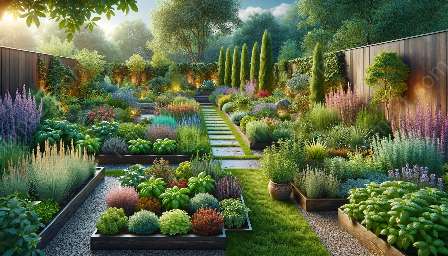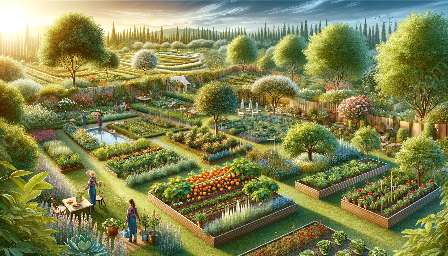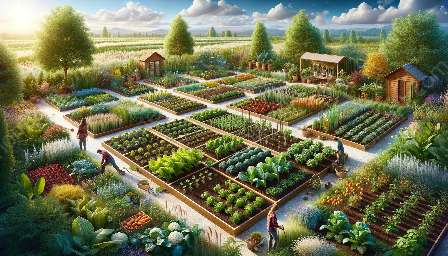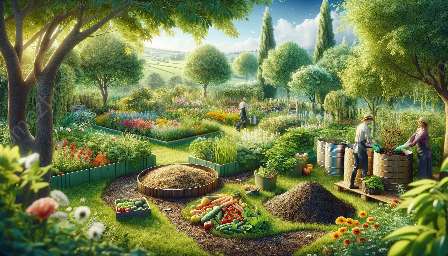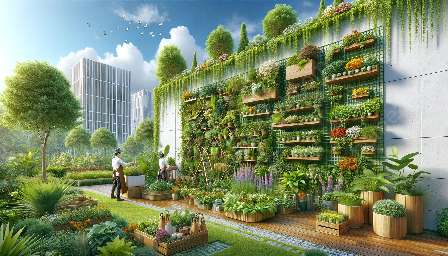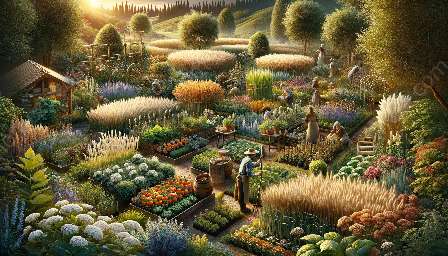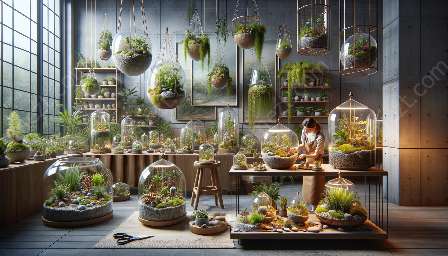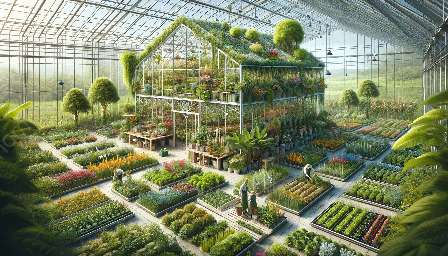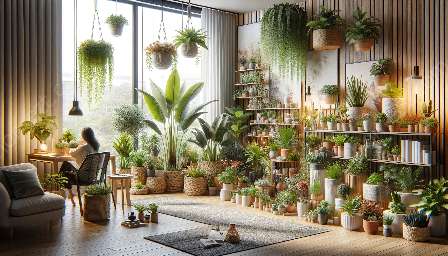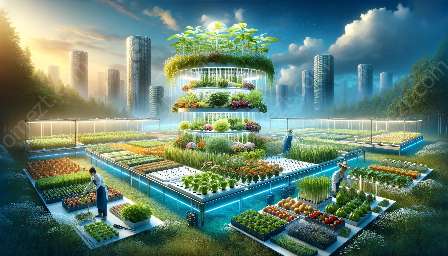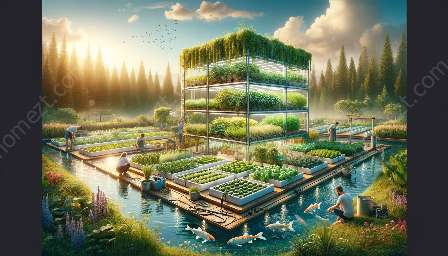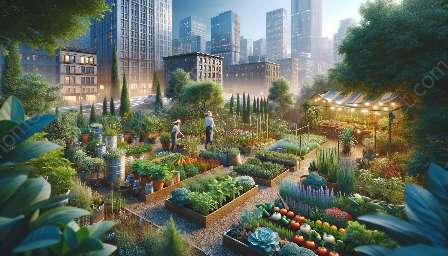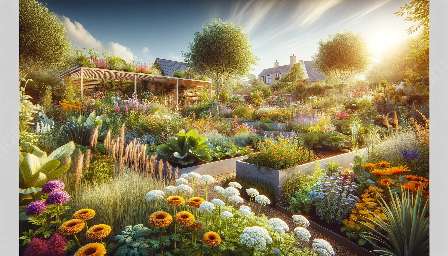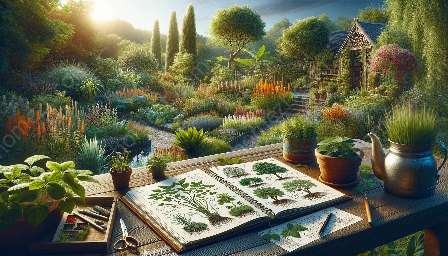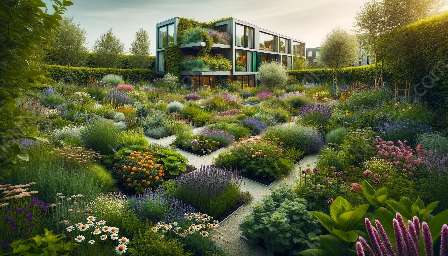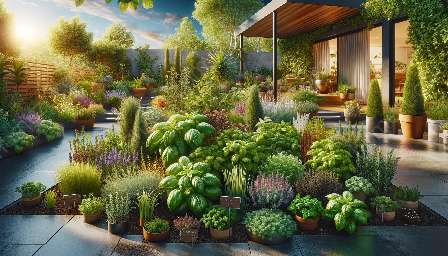Welcome to the world of sustainable gardening, where plants thrive in harmony with nature, and companion planting and landscaping are key components of a thriving ecosystem. In this article, we'll delve into the principles of sustainable gardening, explore the concept of companion planting, and learn how to integrate sustainable practices into your garden and landscaping efforts.
The Essence of Sustainable Gardening
Sustainable gardening is the practice of cultivating plants in a way that minimizes negative impacts on the environment. It involves utilizing natural resources efficiently, reducing waste, and fostering biodiversity. By adopting sustainable gardening practices, you can contribute to the preservation of our planet's precious ecosystems.
Principles of Sustainable Gardening
At the core of sustainable gardening are the principles of conservation, biodiversity, and ecological balance. When implementing sustainable gardening practices, focus on:
- Conserving Water: Use efficient irrigation methods and consider collecting rainwater to minimize water usage.
- Minimizing Chemical Use: Avoid synthetic pesticides and fertilizers, opting for organic alternatives to protect the soil and local wildlife.
- Promoting Biodiversity: Encourage the growth of native plants to support local ecosystems and provide habitats for wildlife.
- Recycling and Composting: Utilize composting to reduce waste and enrich your soil naturally. Repurpose materials whenever possible to minimize your environmental footprint.
Companion Planting and Its Role in Sustainable Gardening
Companion planting is a time-honored gardening practice that involves planting different crops together to take advantage of mutual benefits. By carefully selecting plant combinations, you can enhance soil fertility, deter pests, and promote healthy growth.
Benefits of Companion Planting
Companion planting offers various benefits, such as:
- Natural Pest Control: Certain plant combinations repel pests, reducing the need for chemical interventions.
- Enhanced Nutrient Cycling: Some plants complement each other's nutrient needs, leading to improved soil fertility.
- Maximized Garden Space: Strategic pairings make the most of available space, allowing for higher yields in small areas.
- Attracting Beneficial Insects: Specific plants can attract pollinators and beneficial insects that help manage pest populations.
Integrating Sustainable Practices into Landscaping
When planning your garden layout and design, consider incorporating sustainable landscaping techniques to create an environmentally friendly and visually appealing space.
Sustainable Landscaping Ideas
Explore the following sustainable landscaping concepts:
- Xeriscaping: Designing your landscape to minimize water usage and enhance drought resistance.
- Native Plant Landscapes: Embracing local flora ensures that your landscape thrives with minimal maintenance and supports local wildlife.
- Permeable Surfaces: Utilizing porous paving materials and gravel allows rainwater to infiltrate the soil, reducing runoff and supporting groundwater recharge.
- Wildlife Habitats: Creating habitats and shelter for local wildlife through strategic placement of trees, shrubs, and diverse plantings.
By integrating these sustainable landscaping ideas, your garden will become a haven for wildlife and a source of beauty and inspiration.
Conclusion
Embarking on the journey of sustainable gardening offers a fulfilling and impactful way to connect with nature, support biodiversity, and contribute to environmental conservation. By embracing companion planting and sustainable landscaping, you can create a vibrant, eco-friendly garden that nurtures both your plants and the planet. Start applying sustainable gardening principles today and witness the transformative power of nature in your own backyard.


